Welcome to the purr-fect solution for your feline feeding frenzy: the Cat feeding calculator and feeding schedule!
Ever feel like your furry friend’s mealtime resembles a cat-and-mouse game? With this handy tool, you’ll bid adieu to the guesswork and hello to a harmonious feeding routine tailored to your whiskered companion’s needs.
Whether your kitty’s a picky eater or a bottomless pit, this calculator takes the headache out of portion control. No more second-guessing if Mittens is getting too much tuna or too little kibble – it’s all about finding that Goldilocks zone of just-right nourishment.
Cat Feeding Calculator

Feeding Schedule and Chart For a Cat
Creating a feeding schedule for your feline friend is like setting up a daily menu at their favorite restaurant—it’s all about consistency, variety, and timing.
Remember, a well-planned feeding schedule not only keeps your cat’s tummy happy but also fosters a sense of security and predictability in their daily routine.
Cat Recipe Generator
The Cat Recipe Generator, is a whisker-twitching solution for feline foodies and their devoted human companions!
Tailored specifically for our discerning purr-friends, this innovative tool is your gateway to creating delectable dishes that will have your cat purring with satisfaction.
Click the button below to generate a random cat recipe!
This table outlines a daily feeding schedule for a cat, including the time of each meal, the type of meal (wet or dry food), the quantity in grams, and any additional notes.
| Time | Meal | Quantity (in grams) | Notes |
|---|---|---|---|
| 7:00 AM | Breakfast | 30 | Wet food |
| 12:00 PM | Lunch | 15 | Dry food |
| 5:00 PM | Dinner | 30 | Wet food |
| 9:00 PM | Snack | 10 | Treats or dry food |
Remember, this is just an example, and feeding schedules may vary depending on factors such as the cat’s age, weight, health condition, and dietary requirements.

Cat Meal Planning Tool
The purrfect solution for feline nutrition – our Cat Meal Planning Tool! Designed with your furry friend’s well-being in mind, this printable resource is your go-to guide for crafting balanced and nutritious meals tailored specifically to your cat’s needs.


Good Food To Feed Your Cat
When it comes to feeding your furry feline friend, quality reigns supreme. Think of it like serving up a gourmet meal—except it’s tailored specifically for your cat’s health and happiness.
Remember, feeding your cat isn’t just about filling their belly—it’s about nourishing their body and soul with the finest ingredients.
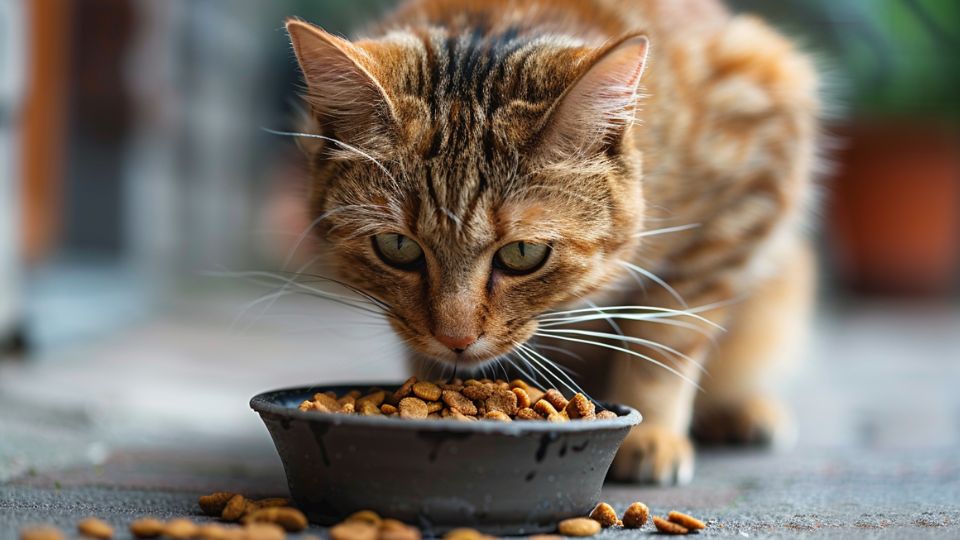
What Not To Feed a Cat
While it’s tempting to share your favorite snacks with your furry friend, not all human foods are safe for cats. Here’s a handy guide on what to keep off the menu to ensure your cat stays healthy and happy:
By steering clear of these forbidden foods, you can help keep your cat safe and healthy for years to come. Stick to a balanced diet of high-quality cat food, and save the human treats for yourself! 🚫🍗🍫
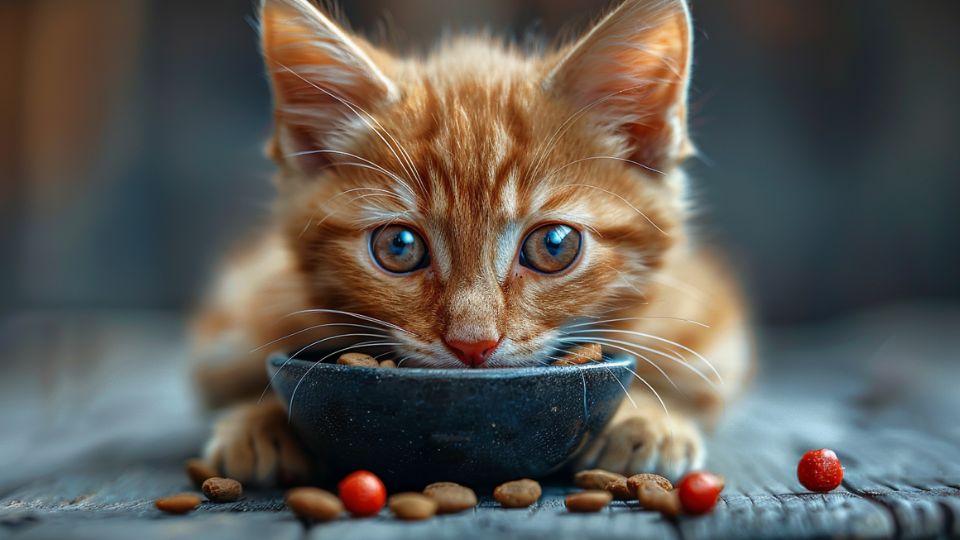
Cat Feeding Chart by Age Summary
| Age | Approximate Weight | Amount to Feed | Schedule |
|---|---|---|---|
| 0 to 1 week | 50 to 150 grams | 2 to 6 ml kitten formula | Every 2 hours |
| 1 to 2 weeks | 150 to 250 grams | 6 to 10 ml kitten formula | Every 2 to 3 hours |
| 2 to 3 weeks | 250 to 350 grams | 10 to 14 ml kitten formula | Every 3 to 4 hours |
| 3 to 4 weeks | 350 to 450 grams | 14 to 18 ml kitten formula | Every 4 to 5 hours |
| 4 to 5 weeks | 450 to 550 grams | 18 to 22 ml kitten formula | Every 5 to 6 hours |
| 5 to 8 weeks | 550 to 850 grams | Offer wet kitten food | Every 6 hours |
| 8 to 9 weeks | 1.5 to 2.6 pounds | 250 to 360 calories per day | Every 6 to 8 hours |
| 9 to 10 weeks | 1.6 to 2.9 pounds | 250 to 360 calories per day | Every 6 to 8 hours |
| 10 to 11 weeks | 1.8 to 3.1 pounds | 250 to 360 calories per day | Every 6 to 8 hours |
| 11 to 12 weeks | 2 to 3.3 pounds | 250 to 360 calories per day | Every 6 to 8 hours |
| 12 to 13 weeks | 2.2 to 4 pounds | 250 to 360 calories per day | Every 6 to 8 hours |
| 13 to 14 weeks | 3 to 4.5 pounds | 250 to 360 calories per day | Every 6 to 8 hours |
| 14 to 15 weeks | 3.5 to 5 pounds | 250 to 360 calories per day | Every 6 to 8 hours |
| 15 to 16 weeks | 4 to 5.5 pounds | 250 to 360 calories per day | Every 6 to 8 hours |
| 4 months | 4 to 5.5 pounds | 60 to 65 calories per pound | Every 8 hours |
| 5 months | 5.1 to 6 pounds | 60 to 65 calories per pound | Every 8 hours |
| 6 months | 5.5 to 6.5 pounds | 60 to 65 calories per pound | Every 8 to 12 hours |
| 7 months | 6 to 7 pounds | 60 to 65 calories per pound | Every 8 to 12 hours |
| 8 months | 6.5 to 7.5 pounds | 60 to 65 calories per pound | Every 8 to 12 hours |
| 9 months | 7 to 8 pounds | 60 to 65 calories per pound | Every 8 to 12 hours |
| 10 months | 7.5 to 8.5 pounds | 60 to 65 calories per pound | Every 8 to 12 hours |
| 11 months | 8 to 9 pounds | 60 to 65 calories per pound | Every 8 to 12 hours |
| 12 months + | 8 to 9.5 pounds | 20 to 33 calories per pound | Every 8 to 12 hours |
How Many Calories Does My Cat Need
Just like us, cats have their own unique dietary needs, and getting the calorie count right is crucial for their health and happiness. Let’s break it down:
By working closely with your veterinarian and paying attention to your cat’s individual needs, you can ensure they’re getting the right amount of calories to thrive.
Cat Feeding Calories Summary
| Age | Weight Range | Calories per Pound | Daily Caloric Requirement | Frequency of Feeding |
|---|---|---|---|---|
| 0 to 1 week | 50g – 150g | Not applicable | Not applicable | Every 2 hours |
| 1 to 2 weeks | 150g – 250g | Not applicable | Not applicable | Every 2 to 3 hours |
| 2 to 3 weeks | 250g – 350g | Not applicable | Not applicable | Every 3 to 4 hours |
| 3 to 4 weeks | 350g – 450g | Not applicable | Not applicable | Every 4 to 5 hours |
| 4 to 5 weeks | 450g – 550g | Not applicable | Not applicable | Every 5 to 6 hours |
| 5 to 8 weeks | 550g – 850g | Not applicable | Not applicable | Every 6 hours |
| 8 to 9 weeks | 1.5lb – 2.6lb | 60 – 65 calories | 250 – 360 calories | Every 6 to 8 hours |
| 9 to 12 weeks | 1.6lb – 4lb | 60 – 65 calories | 250 – 360 calories | Every 6 to 8 hours |
| 12 weeks + | 2.2lb – 9.5lb | 20 – 33 calories | Variable | Every 8 to 12 hours |
This table shows the calorie intake required at different stages of a kitten’s development and cat diet, along with the frequency of feeding.


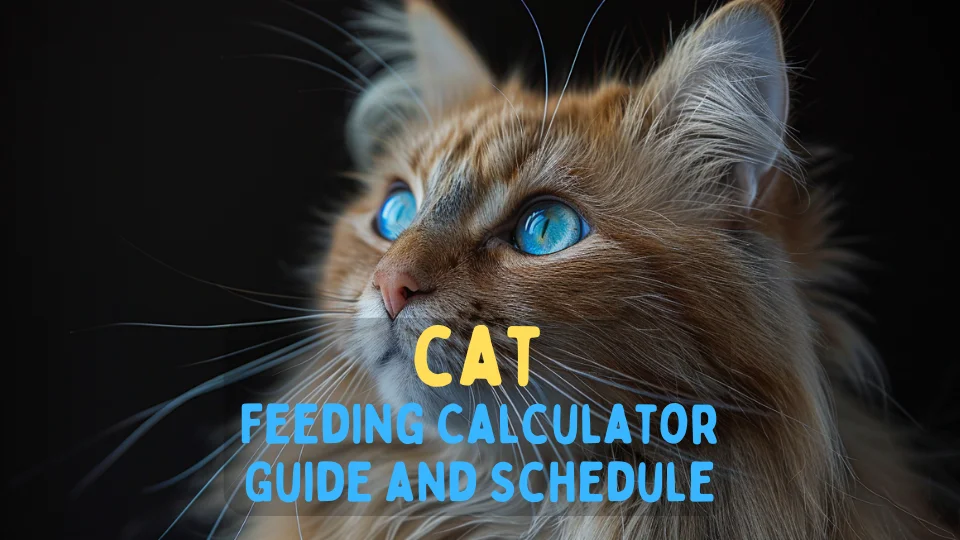



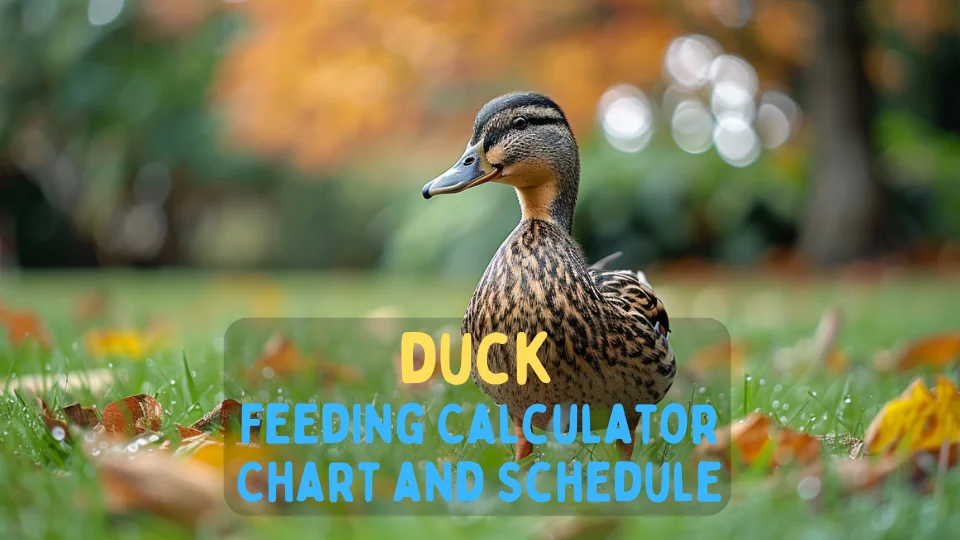
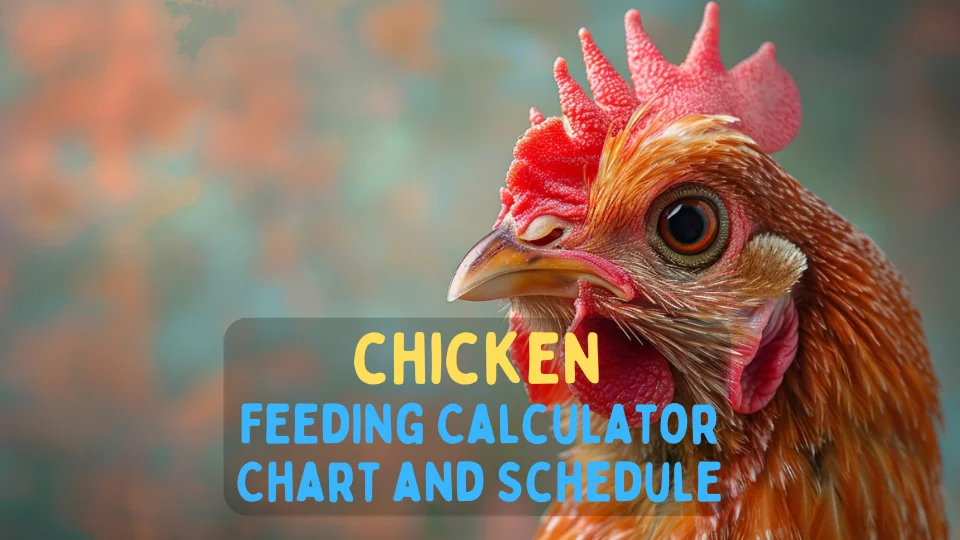
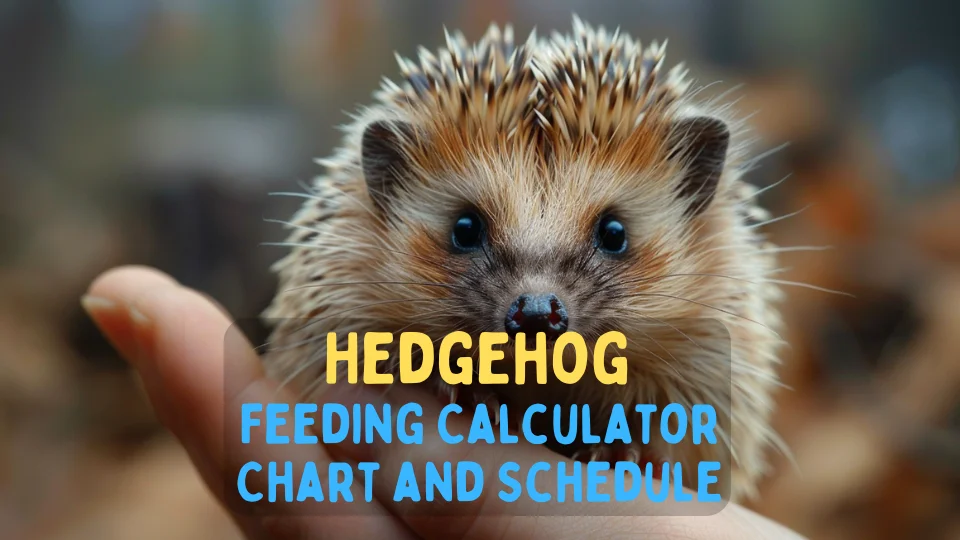

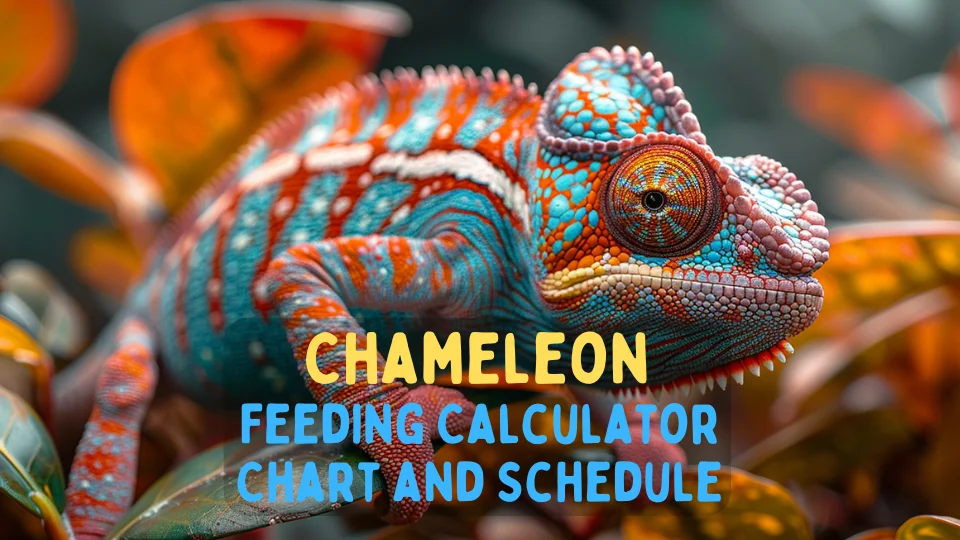
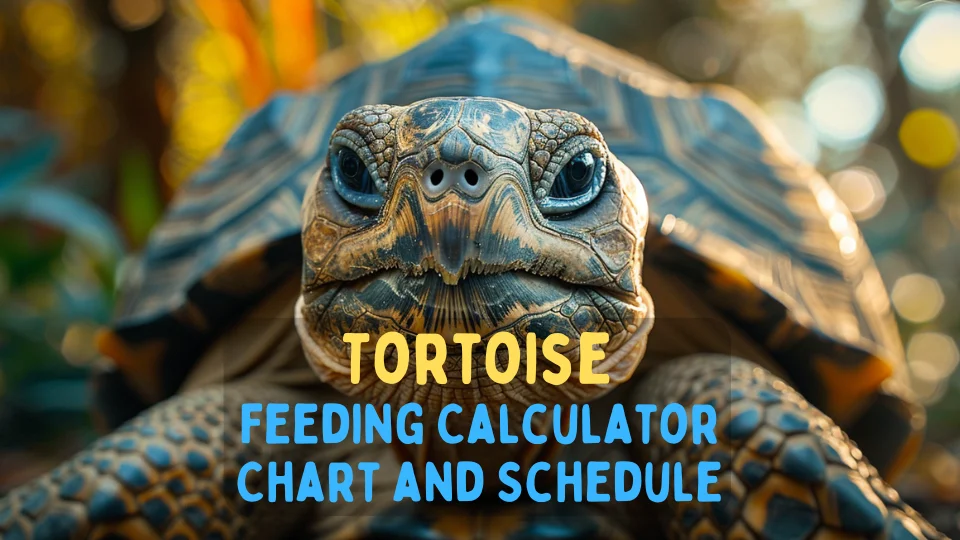
Leave a Reply